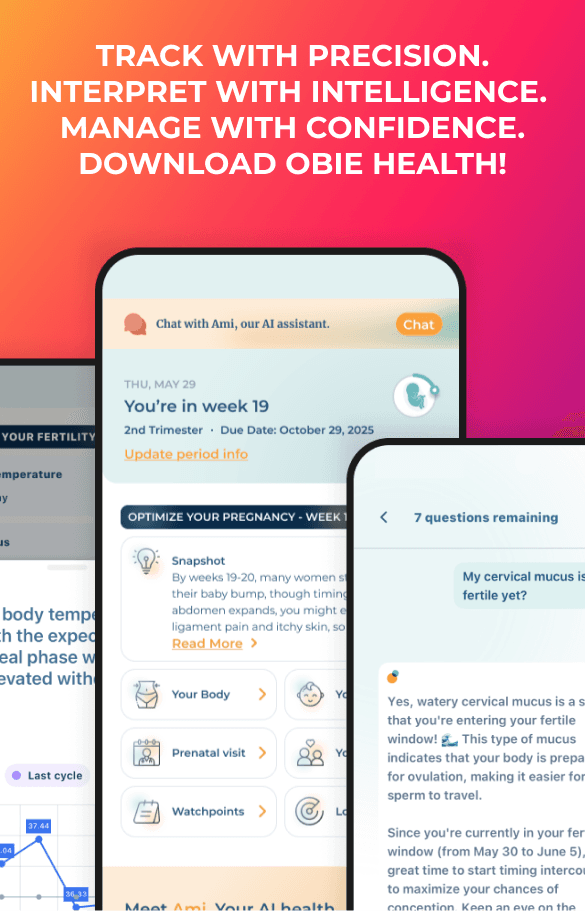What is a Tilted Uterus?
Obie Editorial Team
Your gynecologist or obstetrician may use the term tilted uterus during one of your regular visits to describe the positioning of your uterus, but what exactly is a tilted uterus? Also referred to as tipped uterus or retroversion of the uterus; the term is used to describe a uterus that tips back toward the pelvis.
Symptoms 
There are no common symptoms of a tilted uterus. Most women have no idea the uterus is tilted until being told by the doctor. Rarely, women will feel discomfort or pain in the pelvic region with a tilted uterus, though pain may be attributed to the cause of the tilt rather than the physical position of the uterus.
Causes
About 20% of women have a tilted uterus. The tilt can be the natural position of the uterus or the result of a condition that caused movement of the uterus. Common health conditions that cause uterine tilt include endometriosis, PID (pelvic inflammatory disease) and menopause.
Diagnosis
The condition is often recognized during a pelvic exam, but ultrasound can be used to determine the exact position or severity of the condition.
Treatment
The condition does not normally cause pain or symptoms of any kind. Therefore, treatment is not needed. If there are uterine tumors, endometriosis or other condition(s) causing the tilt, the doctor may suggest treatment for these underlying conditions. In some cases the uterus will return to a normal vertical position after treatment, but some women live with a tilted uterus for life with no problems even after treatment.
Tilted uterus is not a physical condition that causes pain or fertility issues for most women. Women born with a tilted uterus require no treatment. Early treatment of conditions like endometriosis and PID can decrease the risk of uterine tilting, so seek medical attention if you feel pain or discomfort of any kind in the lower pelvic region.







